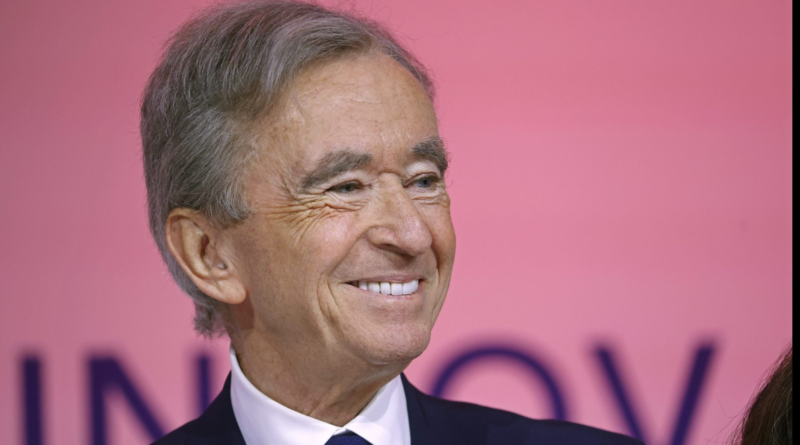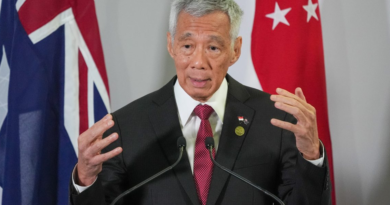Bernard Arnault leapfrogs Mark Zuckerberg on wealth rankings with $30 billion boost, but analysts warn it may be short lived
Per the Bloomberg Billionaire’s Index, Arnault’s fortune leapt from $177 billion on Tuesday to $207 billion less than a week later.
Bernard Arnault’s Louis Vuitton Moët Hennessy (LVMH) has suffered a bumpy few months, down near-15% at the time of writing over the past half year.
Its problems included Chinese consumers tightening their purse strings and a significant drop in its wine and spirits divisions.
But in the past week Beijing has announced a raft of fiscal stimulus to boost consumers, and LVMH announced it has acquired a stake in Italian fashion house Moncler.
A more optimistic regional outlook paired with new investment by the Parisian-based group has led to a surge in the business’s stock price.
From Wednesday to Friday last week LVMH’s share price bounced 14% from €617.50 to €703.40 ($690.74 to $786.83).
The bounce has led to a corresponding surge in Arnault’s fortunes—after all, he owns a 48% stake in the consumables giant.
The 75-year-old entrepreneur saw his worth leap by approximately $30 billion—leapfrogging Meta founder Mark Zuckerberg’s net worth to put him at number three on the rich list.
However, Arnault still comes in behind Tesla CEO Elon Musk and Amazon founder Jeff Bezos.
While being the third-richest person on the planet might be alright for some, Arnault as the former world’s richest man is unlikely to be satisfied.
He reportedly once said: “As long as I’m not the richest man in the world, I won’t really be happy.”
‘A prolonged slowdown’
While LVMH rounded out last week with an indirect investment in outdoor apparel maker Moncler, Wall Street remains unconvinced that the luxury sector as a whole is still the best value for investors.
LVMH bought a 10% stake in Double R, the investment vehicle owned by Remo Ruffini—the CEO of Moncler—and one of the brand’s largest shareholders.
But while increasing LVMH’s influence over European luxury houses might have led to a temporary uptick, analysts are concerned prevailing winds will slow the sector further.
A Bank of America note released last week declared: “The luxury consumer is all shopped out.”
It added sector growth is likely to continue into the second half of this year and early next, leading to margin pressure and no EBIT (earnings before interest and taxes) growth.
Analysts downgraded LVMH from a ‘buy’ to a ‘neutral’ position—the same that was applied to Italian fashion house Zegna and Yves Saint Laurent and Gucci owner, Kering.
Research analysts Ashley Wallace, Daria Nasledysheva, Ioanna Ziarti, Joffrey Bellicha Meller, Adam Gildea and Niccolo Serra urged the luxury sector to get customers back through the doors instead of relying on trends.
“‘Quiet luxury’ has supported average selling price at the expense of volumes,” the group wrote. “The industry needs to pivot back to creativity, fashion content and newness at €1-2k ($1,100-$2,200) to drive higher engagement (as it did in 2016).”
And despite hopes for a turnaround in China, BofA insists that its demand will be muted on a more permanent basis.
Instead, analysts expect the U.S. to come through and account for more than 50% of sector growth in 2025 with the rest of the demand comprising of global tourists and the Middle East.



